7 Effective Ways to Help Save the Bees
- May 24, 2024
- 0 comment
The decline in bee populations is alarming and could have severe implications for global food security and ecosystems. Various factors contribute to their decline, including habitat loss, the use of neonicotinoid pesticides, climate change, and diseases.
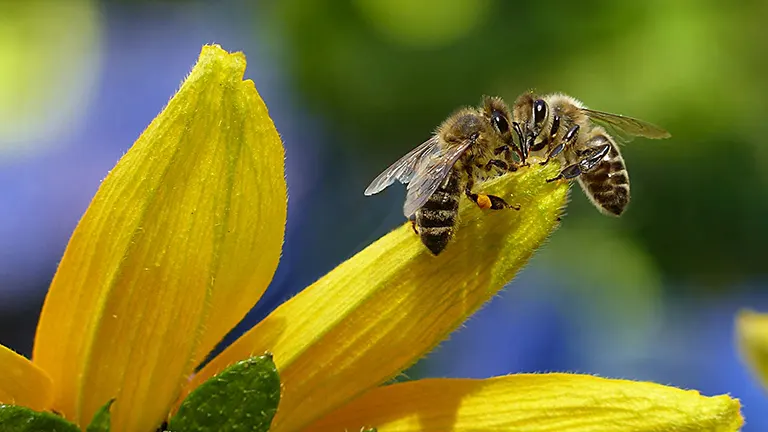
These issues lead to phenomena such as Colony Collapse Disorder (CCD), where worker bees disappear from colonies, leading to the eventual collapse of the hive. This disorder highlights a troubling pattern that not only threatens the survival of bees but also the balance of our ecosystems and the agricultural systems that depend on them. As bees play a critical role in pollinating many of the crops we rely on for food, their decline could dramatically affect food production and availability.
Dr. Emily Langley, an entomologist at the Global Bee Research Institute, states, “Bees are not just important, they are essential for the pollination of many crops and wild plants which underpin ecosystems around the world.“
7 Ways to Help Save the Bees
Here are seven actionable steps everyone can take to help save the bees and support global efforts to preserve and increase their populations:
1. Avoid Pesticides
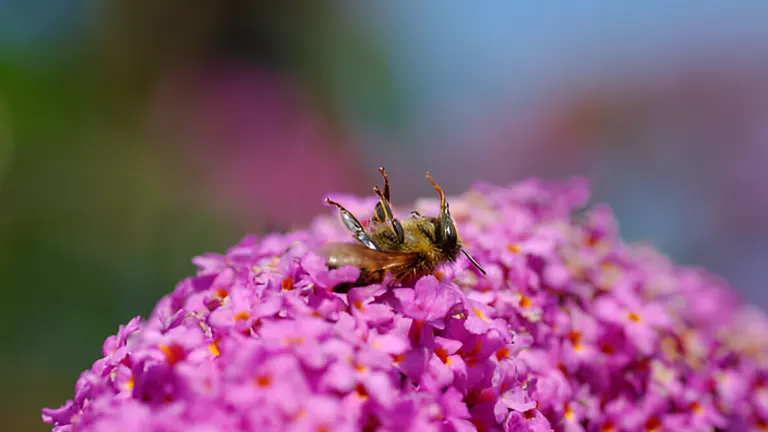
Pesticides often contain harmful chemicals that can severely affect bee health. Instead of chemical pesticides, consider natural alternatives like chrysanthemums or lavender that naturally deter pests while remaining safe for bees. In situations where pesticides are necessary, opt for gentler, fast-degrading products like Wondercide to minimize the impact on beneficial insects.
2. Reduce Meat Consumption
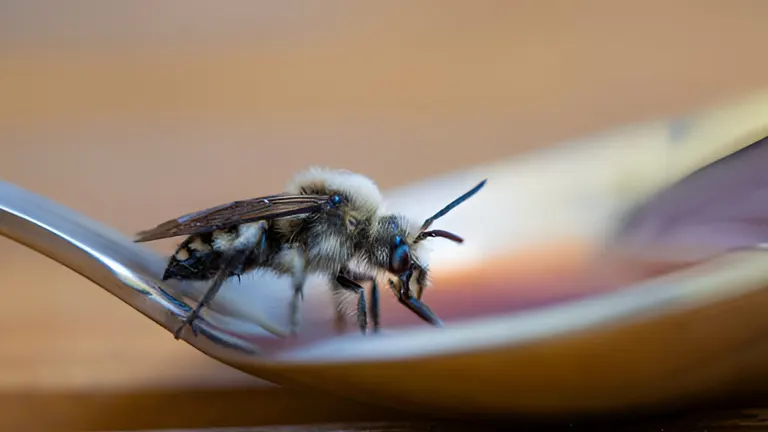
The far-reaching effects of animal agriculture on climate change are profound, with studies indicating that this sector is responsible for a significant portion of global greenhouse gas emissions—potentially much more than the 10% estimated by the U.S. Environmental Protection Agency. The resulting climate shifts, including the disruption of seasonal cycles, directly impact bees by altering the timing of flower blooms and thus affecting pollination schedules.
Reducing meat and dairy consumption can thus significantly decrease your environmental footprint, aiding in the stabilization of climate patterns crucial for maintaining bee populations and their natural pollination activities. Opting for plant-based foods not only reduces the demand for resource-intensive animal products but also supports a healthier environment for bees and other critical pollinators.
3. Support Bee Sanctuaries
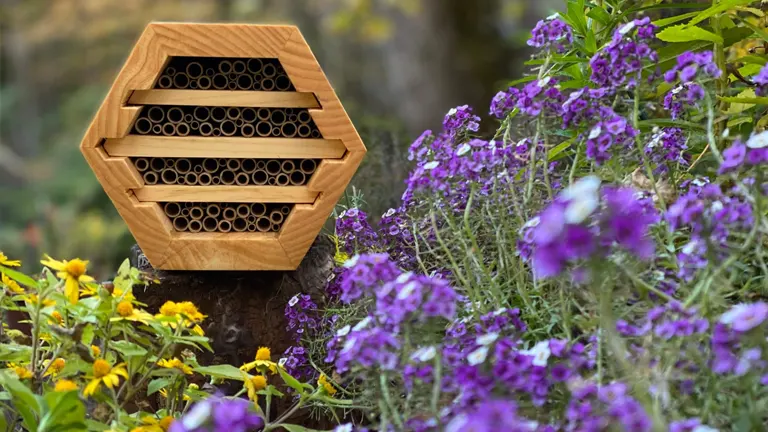
Engaging with bee sanctuaries through donations or volunteering is a practical way to aid in the conservation of bee habitats. Programs like the Honeybee Conservancy’s Sponsor-a-Hive not only protect these essential pollinators but also enhance local food production by placing bees in community gardens and urban farms. Such initiatives bolster pollination and contribute to the sustainability of local ecosystems.
“The Honeybee Conservancy, based in the U.S., has made significant strides in supporting pollinator populations through its Sponsor-a-Hive program. This initiative places bee hives in community gardens, schools, and urban farms across North America. Not only does this program aid in the direct preservation of bees, but it also enhances local food production through improved pollination. For instance, a community garden in Brooklyn, New York reported a 71% increase in crop yield after hives were introduced to the area.“
“In 2014, celebrated actor Morgan Freeman converted his 124-acre ranch in Mississippi into a refuge for bees, aiming to combat the decline of bee populations. Freeman’s Sanctuary focuses on creating a safe habitat for bees to thrive, free from pesticides and other threats. His personal commitment to beekeeping and sanctuary maintenance has spotlighted the importance of protecting these vital pollinators. Freeman’s initiative serves as a high-profile example of how dedicated individuals can make a difference in conservation efforts.“
4. Maintain a Wild Garden
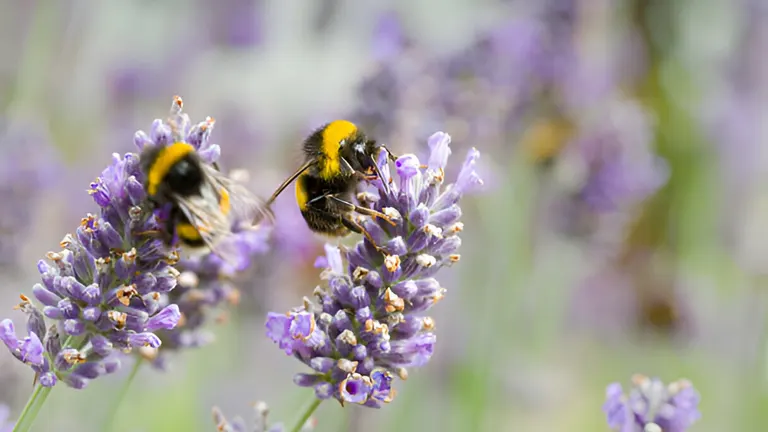
Cultivating a bee-friendly garden involves planting diverse native plants and reducing how often you mow your lawn. This approach lets natural flowers such as clover and dandelions flourish, supplying bees with essential pollen and nectar. By fostering a wild garden, you create a vibrant habitat that supports the local bee population, ensuring they have the resources they need to thrive.
Planting Bee-Friendly Vegetation
What to Plant: Opt for native flowering plants, as these are most likely to benefit the local bee populations. Examples include lavender, sunflowers, and wildflowers like goldenrod and aster.
Steps:
- Research which plants are native to your region and beneficial to bees.
- Visit your local nursery to find these plants or seeds.
- Plant these in a sunny part of your garden where bees frequent.
- Ensure the soil is well-draining and that the plants are spaced to allow for mature growth.
5. Install Bee Baths
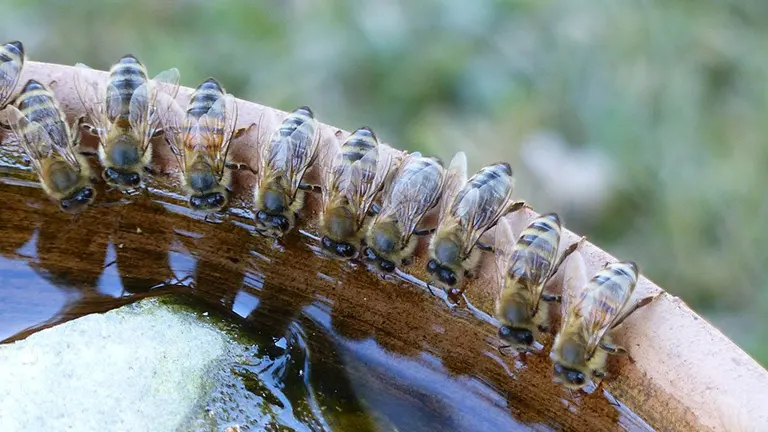
Just like any other living creature, bees need water to survive. By installing a simple bee bath consisting of shallow water and stones, you provide a safe spot for bees to hydrate. This small addition to your garden or yard can make a significant difference, helping bees stay healthy and active while they go about their crucial pollination tasks.
Creating a Bee Bath
Materials Needed: A shallow dish or bowl, clean stones or marbles, and fresh water.
Steps:
- Choose a shallow dish or bowl to ensure bees can access the water without drowning.
- Place clean stones or marbles in the dish to serve as landing spots for the bees. This prevents them from getting too wet.
- Fill the dish with enough water so that the tops of the stones are slightly submerged, allowing bees to drink safely.
- Place the bee bath in a shaded area near flowering plants to ensure bees can easily find it while foraging.
6. Build Bee Hotels
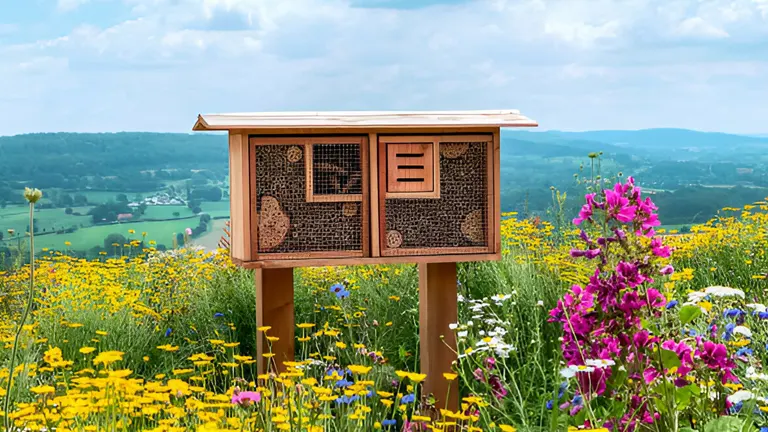
Help bees by providing safe nesting sites in your garden with bee hotels. These structures offer protection from the elements and predators, creating a secure environment for bees to thrive. By setting up these hotels, you contribute to the conservation of bee populations, supporting their crucial role in pollination and ecosystem health.
Building a Simple Bee Hotel
Materials Needed: Bamboo tubes, untreated wood, and a drill.
Steps:
- Cut bamboo tubes or drill holes into untreated blocks of wood to create tunnels that are about 5-10 inches deep.
- Bundle the bamboo tubes together or stack the drilled wood blocks.
- Place the Bee Hotel in a quiet, sheltered area of your garden that receives morning sunlight but is protected from the harsh afternoon sun.
- Ensure the front of the bee hotel faces southeast to catch the morning sun, encouraging bees to emerge and start their day early.
7. Green Your Roof
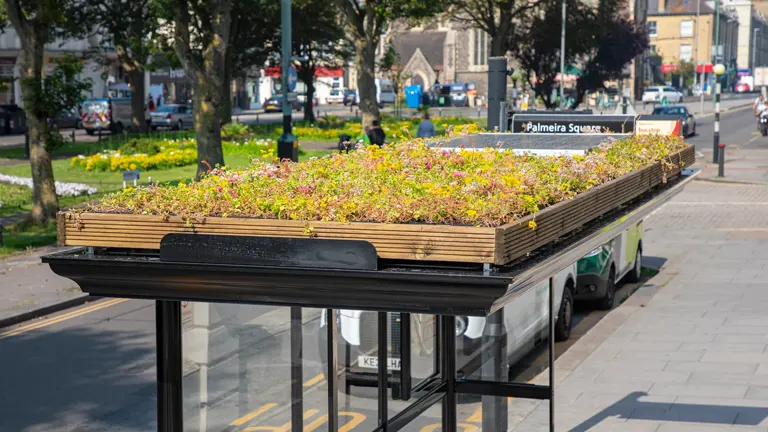
Inspired by Utrecht’s innovative bee-friendly bus stops, consider transforming your roof into a green haven that supports bee foraging. This initiative not only aids local bee populations but also enhances urban biodiversity and promotes sustainability. By creating a rooftop garden with plants that bees love, you provide essential resources for these vital pollinators, helping to secure their future and the health of the environment.
Conclusion
Bees play a critical role in our world, from supporting natural ecosystems to enabling agricultural production. By taking simple steps to protect them, like avoiding harmful pesticides and supporting bee-friendly habitats, we can contribute to their preservation and our own survival. Each small effort adds up to a significant impact, ensuring that bees continue to thrive and support life on Earth. Let’s all do our part to give bees a chance. We’d love to hear your thoughts or experiences in bee conservation, so please share in the comments below!
FAQs
- What is the most critical threat to bees today?
Habitat loss, pesticide use, and climate change are among the most significant threats that bees face, leading to decreased populations and reduced biodiversity. - Can I really make a difference in saving bees by changing my gardening practices?
Absolutely! Choosing to plant native, bee-friendly plants and reducing pesticide use can create a safer environment for bees in your own backyard, contributing to their survival and well-being. - How does reducing meat consumption help bees?
Animal agriculture contributes to deforestation and climate change, which affect the natural habitats of bees. By eating less meat, you help reduce these impacts, thus aiding bee conservation. - What are bee sanctuaries, and how can I support them?
Bee sanctuaries are dedicated spaces that provide safe habitats for bees to thrive. You can support them by donating, volunteering, or even starting your own sanctuary if space allows. - What should I consider when building a bee hotel?
Ensure the hotel is made from natural materials, avoid treated woods, and position it to face the morning sun. Providing a variety of tube sizes can attract different species of bees. - Why are bee baths important and how do I properly set one up?
Bees need water for survival, especially on hot days. A bee bath helps prevent dehydration. Use shallow dishes with pebbles or twigs for bees to land safely without drowning. - Can I use any flowers for a bee-friendly garden?
While bees are attracted to many types of flowers, native species are best because they require less water and are more resistant to local pests, making them ideal for supporting local bee populations. - What are the signs that my efforts to help bees are working?
Signs include increased bee activity in your garden, more flowering plants thriving, and possibly even the presence of new bee nests or hives in your bee hotels. - How often should I check and maintain my bee hotel?
Check your bee hotel at least twice a year (spring and fall) to clear out any debris or parasites and repair any damage to ensure it remains a safe nesting site. - What is Colony Collapse Disorder (CCD), and what can I do to prevent it?
CCD occurs when the majority of worker bees in a colony disappear, leaving behind a queen and food but no one to care for the young. Reducing pesticide use and planting more bee-friendly plants can help mitigate this phenomenon.
We hope this guide inspires you to take action and join the global effort to save our precious bees. Every small step counts in creating a safer environment for these vital pollinators. Have you tried any of these methods, or do you have other tips to share? Let us know in the comments below—we’d love to hear about your experiences and ideas! Together, we can make a difference for the bees and our planet.

David Murray
Forestry AuthorI'm David Murry, a forestry equipment specialist with a focus on chainsaw operation. With over 13 years of experience, I've honed my skills in operating and maintaining a wide range of machinery, from chainsaws to log splitters. My passion for the outdoors and commitment to sustainable forestry drive my work, which emphasizes safety, efficiency, and staying updated with industry advancements. Additionally, I'm dedicated to sharing my expertise and promoting environmental awareness within the forestry community.

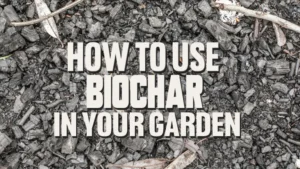
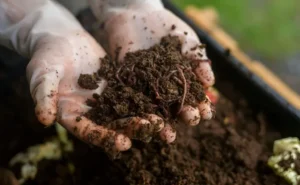
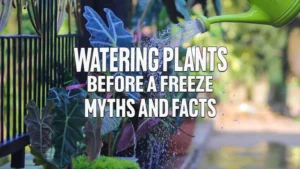
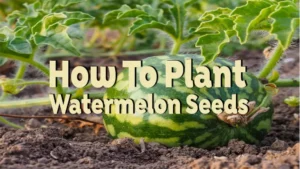


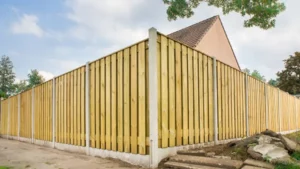




Leave your comment